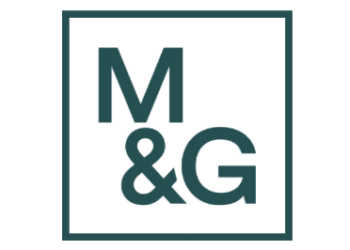Dr Chris Sier, Stonefish Consulting
Fund managers could be obliged to follow an industry standard for reporting costs and charges that goes beyond the FCA’s proposed transaction cost criteria.
Speaking at the Corporate Adviser summit Dr Chris Sier, professor of practice at Newcastle University and director of FiNexus, said the Investment Association had indicated they could apply a charging template across all fund classes and for all members.
“The IA has agreed to implement the charging template with some amendments to make it compliant with [regulation] Mifid and Pripps,” Sier said.
The template, which has already been adopted by the Local Government Pension Scheme (LGPS), will provide consumers with a consistent format for analsying fund manager charges.
Sier said he had been at war with the IA for eight years in a bid to have the template accepted.
“The battle has been won. I finally have my views aligned with the IA,” Sier said.
Sier’s demands for a standard charging template followed analysis of LGPS schemes which uncovered hidden fund management charges.
Sier said the Treasury was missing out on billions of pounds in tax because asset managers are not issuing pension funds with invoices, choosing instead to include remuneration within changes to market value of investments.
Sier also estimates the government is losing millions of pounds in unreported VAT every year.
Sier said: “Managers are submitting [asset] valuations net of costs and schemes are not asking for an invoice. If private sector schemes are doing the same thing, imagine how much VAT the government is losing?”
Sier based his calculations on analysis of the West Midlands pension fund which under reported its costs to the tune of £82m after failing to request invoices, largely from private equity managers.
Sier said once costs became explicit, the fund was able to negotiate discounts worth £10m.
Sier said that while under reporting was endemic in DB there was no reason the opacity and ‘obfuscation’ from fund managers did not extend to defined contribution schemes.
He argued that some pension funds paid as much as 5 per cent of assets per year of which only 30 basis points were justified.
“Imagine the impact of adding 4.7 per cent back into the performance of a pension. That would be a four-fold uplift in the terminal value of a DC pension after 45 years of contributions. That is the equivalent of retiring 17 years earlier,” Sier said.
He called on the industry to implement clear and consistent charging structures, and said “we must all do better for the benefit of the beneficiary and the consumer in general”.
Providers agreed that more should be done to improve transparency.
Standard Life, head of pension strategy, Jamie Jenkins said: “We need to deliver something that enables a judgement to be made about the value of the funds and defaults. We as an industry haven’t yet done that.”
Royal London business development manager, Jamie Clarke, agreed the need for more consistency in charging but warned against the imposition of further regulation.
“We would like to see more consistency but what we wouldn’t want is another mandatory layer of guidelines. It is up to us as providers to deliver value for money.”



